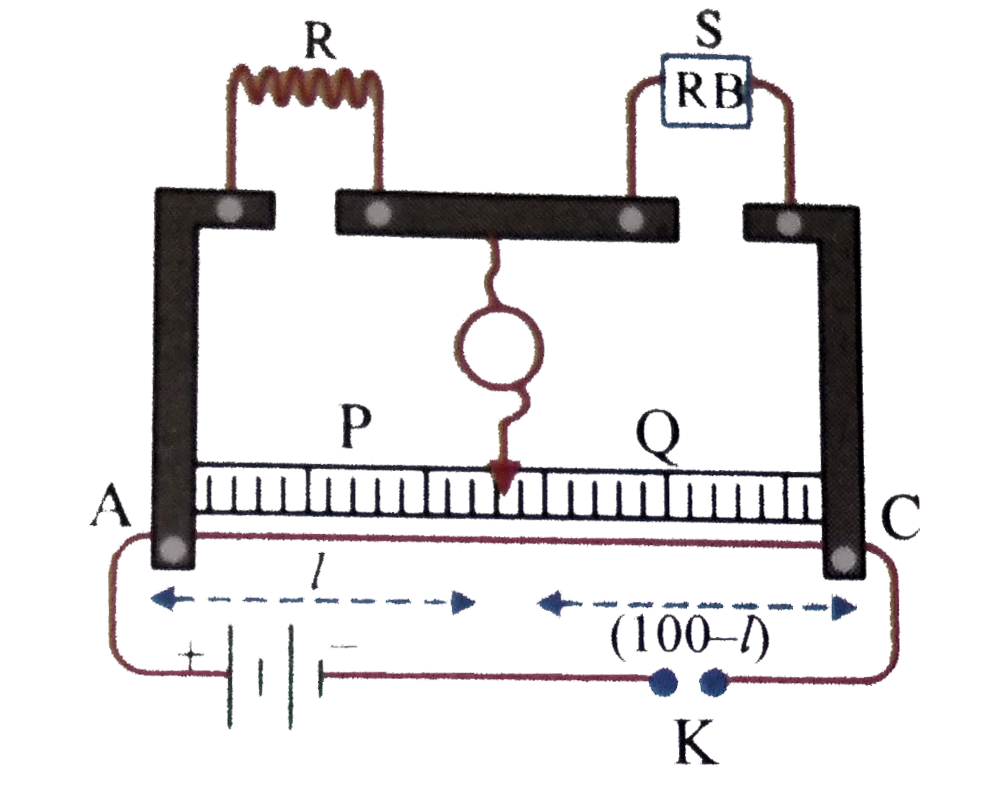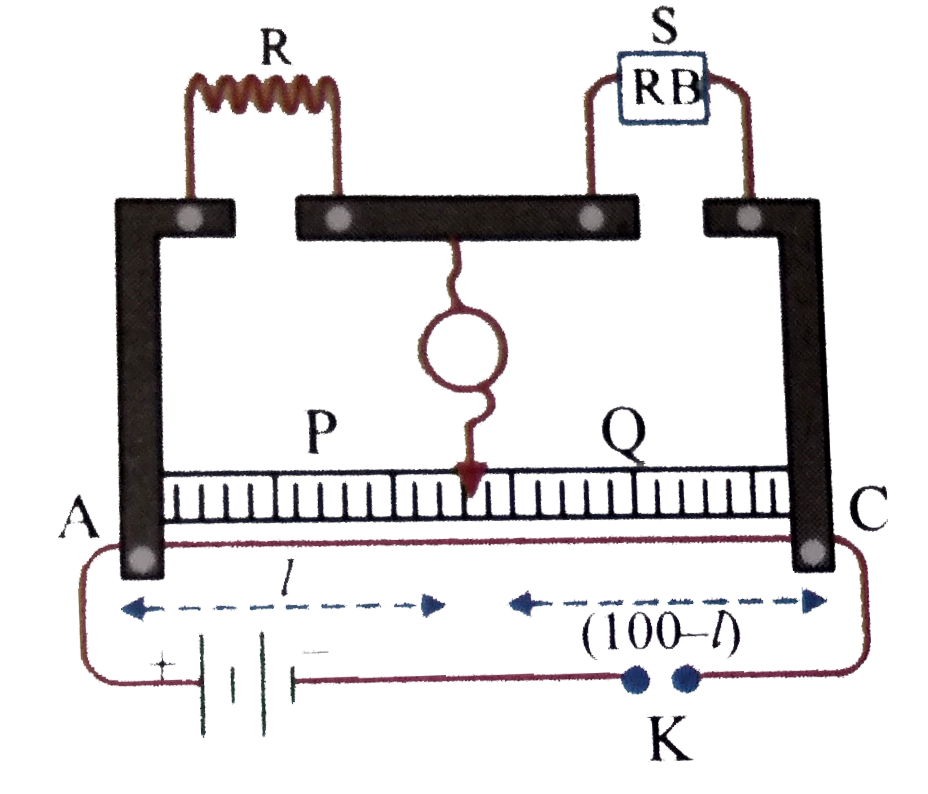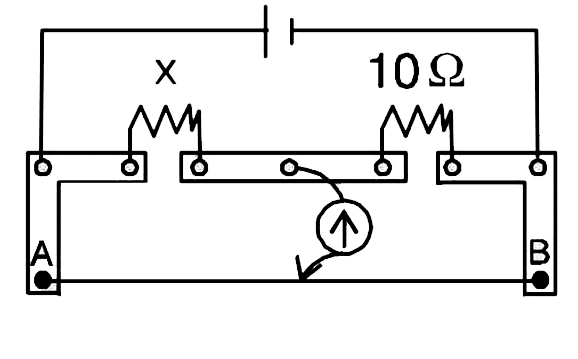Complete Solutions to Level-VI(Single answer) of chapter EXPERIMENTAL PHYSICS of Class 12 book with complete answers and questions
| Class 12 | PHYSICS |
| Chapter | EXPERIMENTAL PHYSICS |
| NARAYANA | Level-VI(Single answer) |
| Number Of Questions | 25 |
| Academic Year | 2023-24 |
In resonance tube experiment , the velocity of sound is given by `v = 2 f_(0) ( l_(2) - l_(1))` . We found `l_(1)=25.0 cm` and `l_(2)=75.0 cm`. If there is no error in frequency, what will be the maximum permissible errror in the speed of sound ? (Take `f_(0) = 325 Hz`)
View SolutionIn Searle's exp to find Young's modulus, the diameter of wire is mesured as `D=0.05cm` length of wire is `L=125cm`, and when a weight, `m=20.0 kg` is put, extension in wire was found to be `0.100cm`. Find maximum permissible percentage error in Young's modulus (`Y`)
View SolutionTo find the value of `g` using simple pendulum. `T=2.00 sec`, `1=1.00m` was measured. Estimate maximum permissible error in `g`. (use `pi^(2)=10`)
View SolutionA student performs an experiment for determination of ` g [ = ( 4 pi^(2) L)/(T^(2)) ] , L ~~ 1m` , and he commits an error of `Delta L`. For `T` he takes the time of `n` oscillations with the stop watch of least count ` Delta T` . For which of the following data , the measurement of `g` will be most accurate ?
View SolutionIn the experiment, the curve between `DeltaX` and `DeltaW` is shown as dotted line `(l)`. If we use an another wire of same material, but with double length and double radius. Which of the curve is expected.

View SolutionIf we use very thin and long wire, then
View SolutionIf accidentally the calorimeter remained open to atmosphere was for some time during the experiment, due to which the steady state temperature comes out to be `30^(@)c`, then total heat lost to surrounding during the experiment, is (Use the specific heat capacity of the liquid from previous question).
View SolutionIf a tuning fork of frequency `(340 pm 1 %)` is used in the resonance tube method and the first and second resonance lengths are `20.0cm` and `74.0 cm` respectively. Find the maximum possible percentage error in speed of sound.
View SolutionIf `emf` of battery is `100V`, then what was the resistance of Rheostat adjusted at reading (`i=2A`, `V=20V`)

View Solution`I v//s V` curve for a non Ohmic resistance is shown. The dynamic resistance is maximum at point

View SolutionIf by mistake Ammeter is connected parallel to the resistance then `i-V` curve expected is (Here `i`= reading of ammeter, `V=` reading of voltmeter)

View SolutionIf by mistake Ammeter is connected parallel to the resistance then `i-V` curve expected is (Here `i`= reading of ammeter, `V=` reading of voltmeter)

View SolutionIn the experiment of Ohm's law, when potential difference of 10.0 V is applied, current measured is 1.00 A. If length of wire is found to be 10.0cm and diameter of wire 2.50 mm, then find maximum permissible percentage error in resistivity.
View SolutionFrom some instruments current measured is `I=10.0amp`, potential different measured is `V=100.0 V`, length of wire is `31.4 cm`, and diameter of wire is `2.00mm` (all in correct significant figure). The resistivity of wire (in correct significant figures)will be (use `pi=3.14`)
View SolutionIn the previous question, maximum permissible error is resitivity and resistance measurement will be
View SolutionIf resistance `S` in `RB=300Omega`, then the balanced length is found to be `25.0 cm` from end `A`. The diameter of unknown wire is `1mm` and length of the unknown wire is `3.14cm`. The specific resistivity of the wire should be

View SolutionIn the previous question, if `R` and `S` are interchanged, balanced point is shifted by

View SolutionIn a meter bridge, null point is at `l=33.7cm`, when the resistance `S` is shunted by `12Omega` resitance the null point is found to be shifted by a distance of `18.2 cm`. The value of unknown resistance `R` should be

View SolutionIn `u-v` method to find focal length of a concave mirror, if object distance is found to be `10.0 cm` and image distance was also found to be `10.0 cm`, then find maximum permissible error in f.
View SolutionTo verify Ohm's law, a student is provided with a test resistor `R_(T)`, a high resistance `R_(1)` . a small resistance `R_(2)`, two identical galvometers `G_(1)` and `G_(2)` and voltage source `V`. The correct circuit to carry out the experiment is.
View SolutionA vernier calipers has `1mm `marks on the main scale. It has `20` equal divisions on the Verier scale which match with `16` main scale divisions. For this Vernier calipers, the least count is
View SolutionA meter bridge is set up as shown, to determine an unknown resistance `X` using a standard 10 ohm resistor. The galvanometer shows null point when tapping -key is at 52 cm mark. The end-corrections are 1 cm and 2 cm respectively for the ends A and B. The determine value of `X` is

View SolutionThe density of a solid ball is to be determined in an experiment. The diameter of the ball is measured with a screw gauge, whose pitch is `0.5mm` and there are `50` divisions on the circular scale. The reading on the main scale is `2.5mm` and that on circular scale is `20` divisions. if the measured mass of the ball has a relative error of `2%`, the relative percentage error in the density is
View SolutionIn the determination if Young's modulus `((Y = (4MLg)/(pild^(2))` by using searle's method, a wire of length `L=2m` and diameter `d=0.5mm` is used. For a load `M=2.5kg`, an extension `l=0.25mm` in the length of the wire is observed. Quantites `D and l` are measured using a screw gauge and a micrometer, respectively. they have the same pitch of `0.5mm`. the number of divisions on their circular scale is `100`. the contrubution to the maximum probable error of the `Y` measurement
View SolutionA student is performing the experiment of resonance column. The diameter of the column tube is `4cm`. The frequency of the tuning fork is `512 Hz`. The air tempreture is `38@C` in which the speed of sound is `336 m//s`. The zero of the meter scale coincide with the top end of the resonance column tube. when the first resonance ocuurs, the reading of the water level in the column is
View Solution
Level-VI(Single answer) questions and complete solutions for chapter EXPERIMENTAL PHYSICS of NARAYANA PHYSICS (HINGLISH) of Class 12